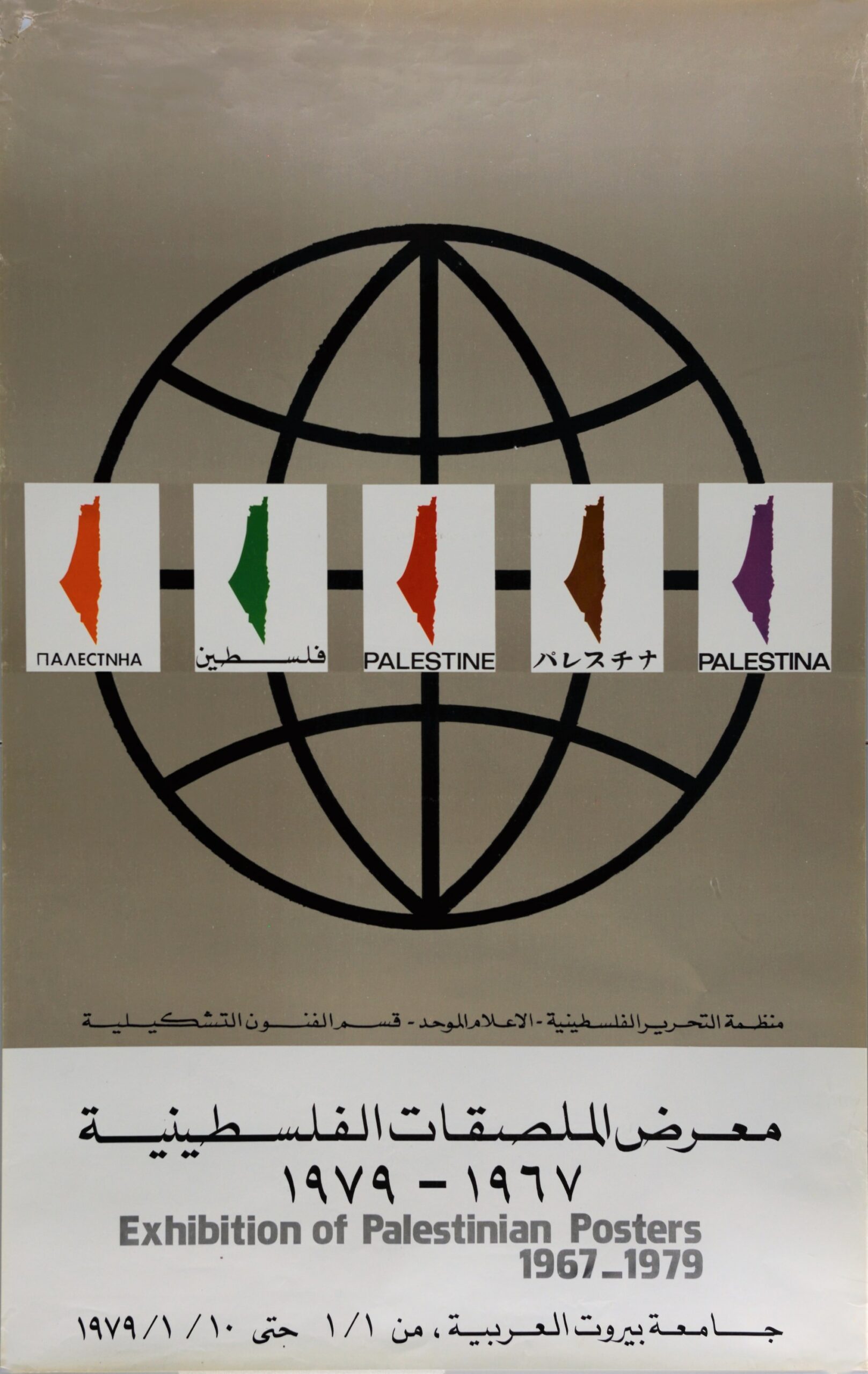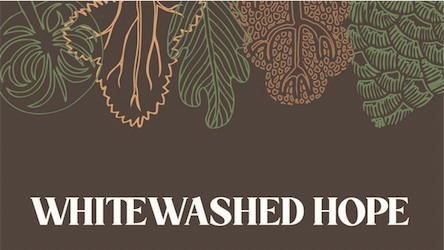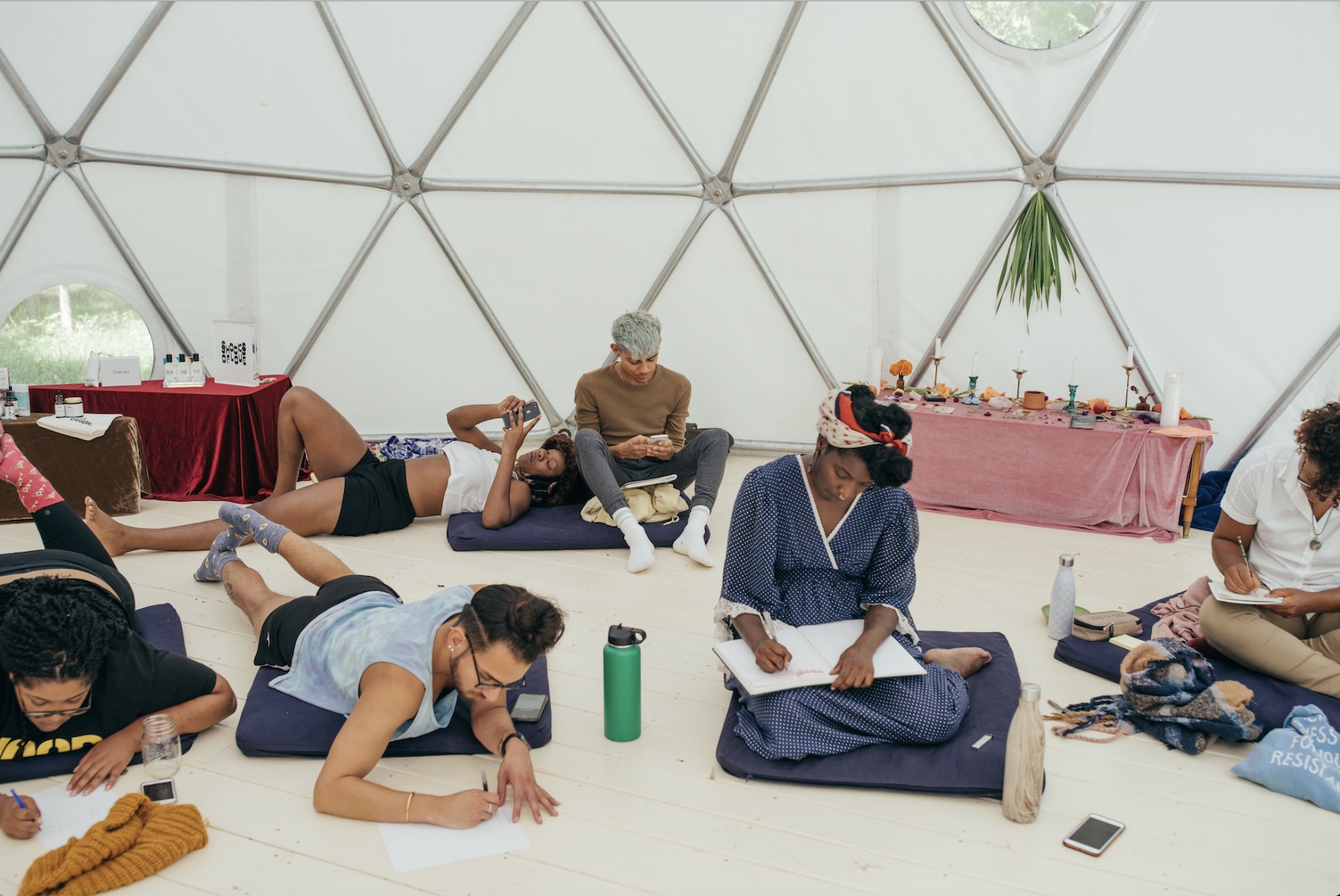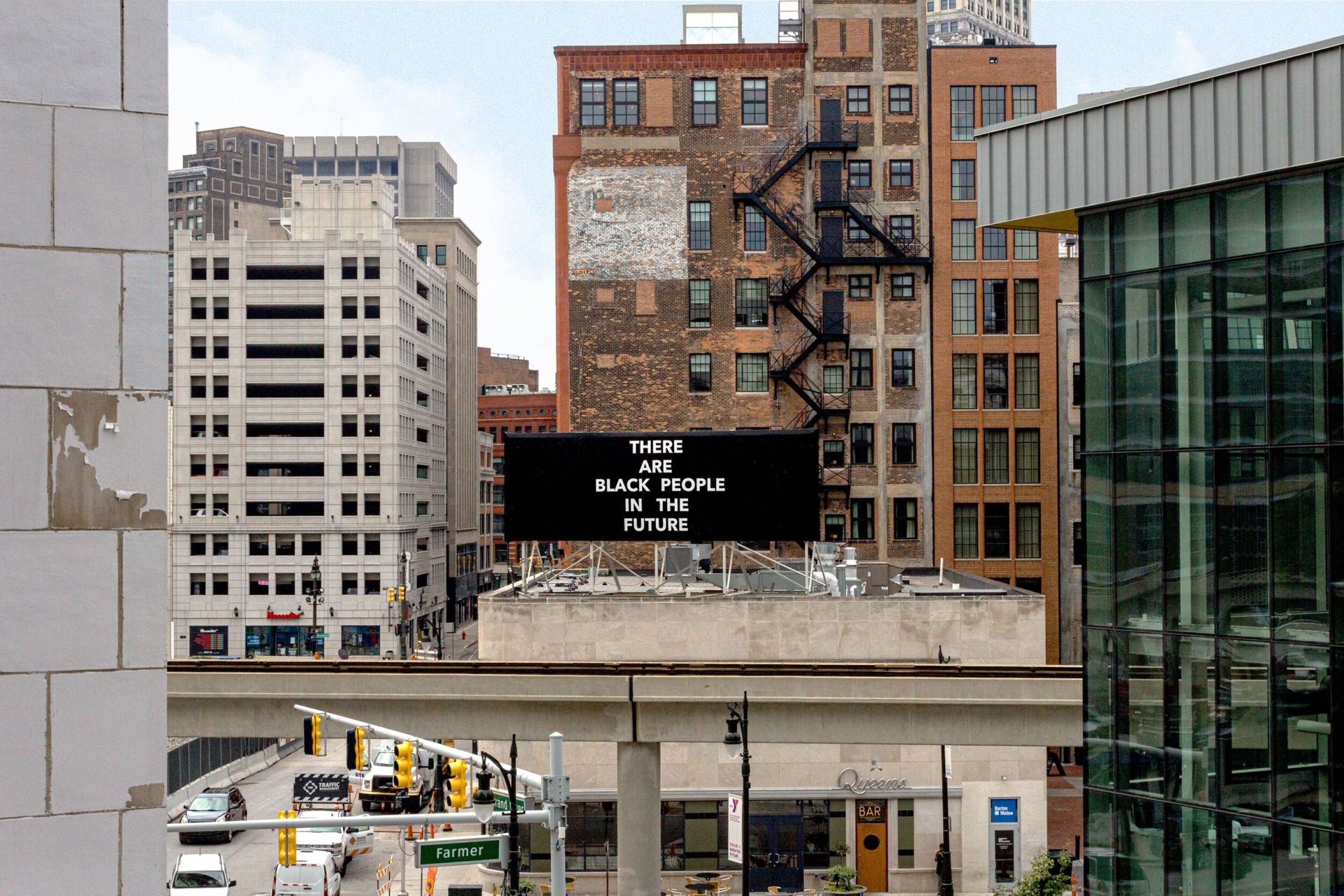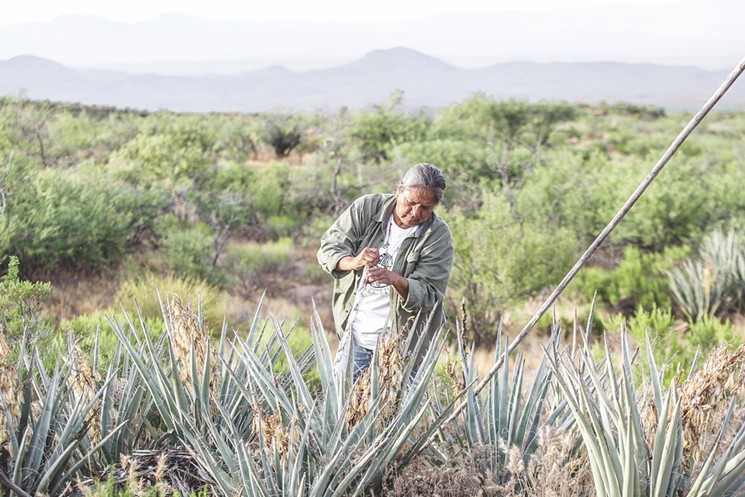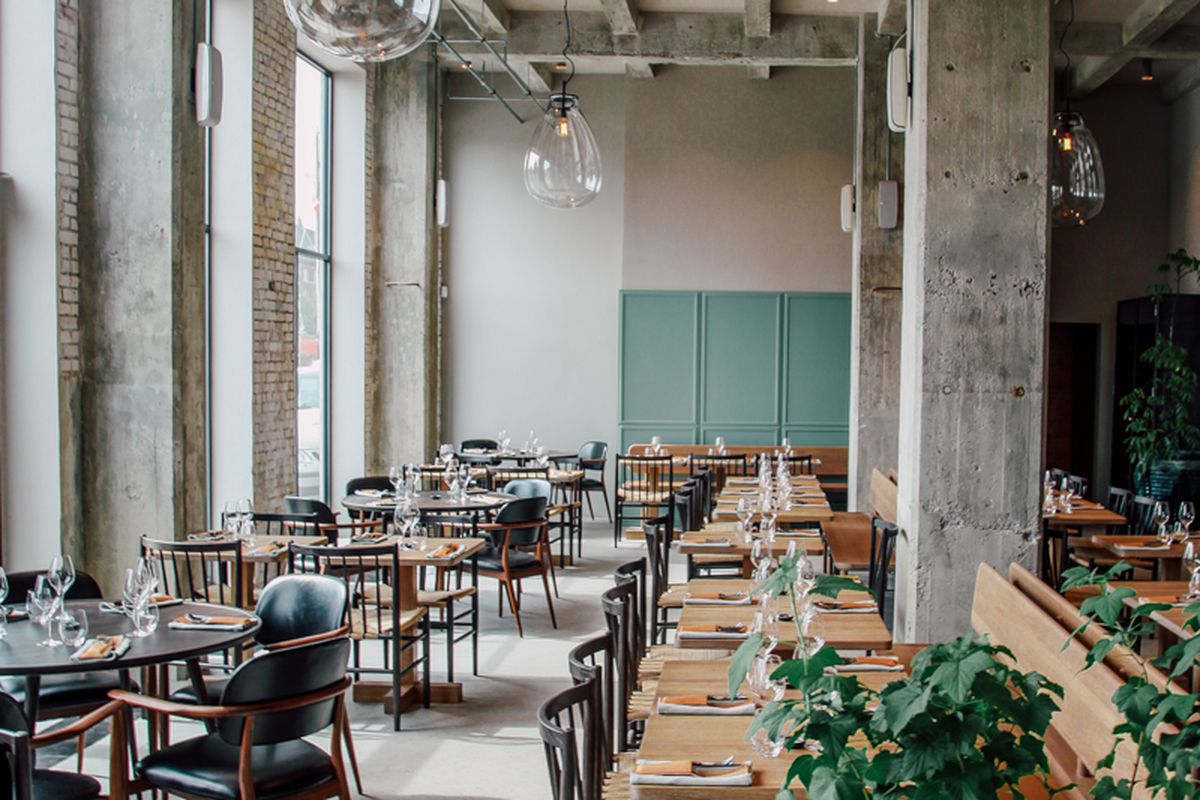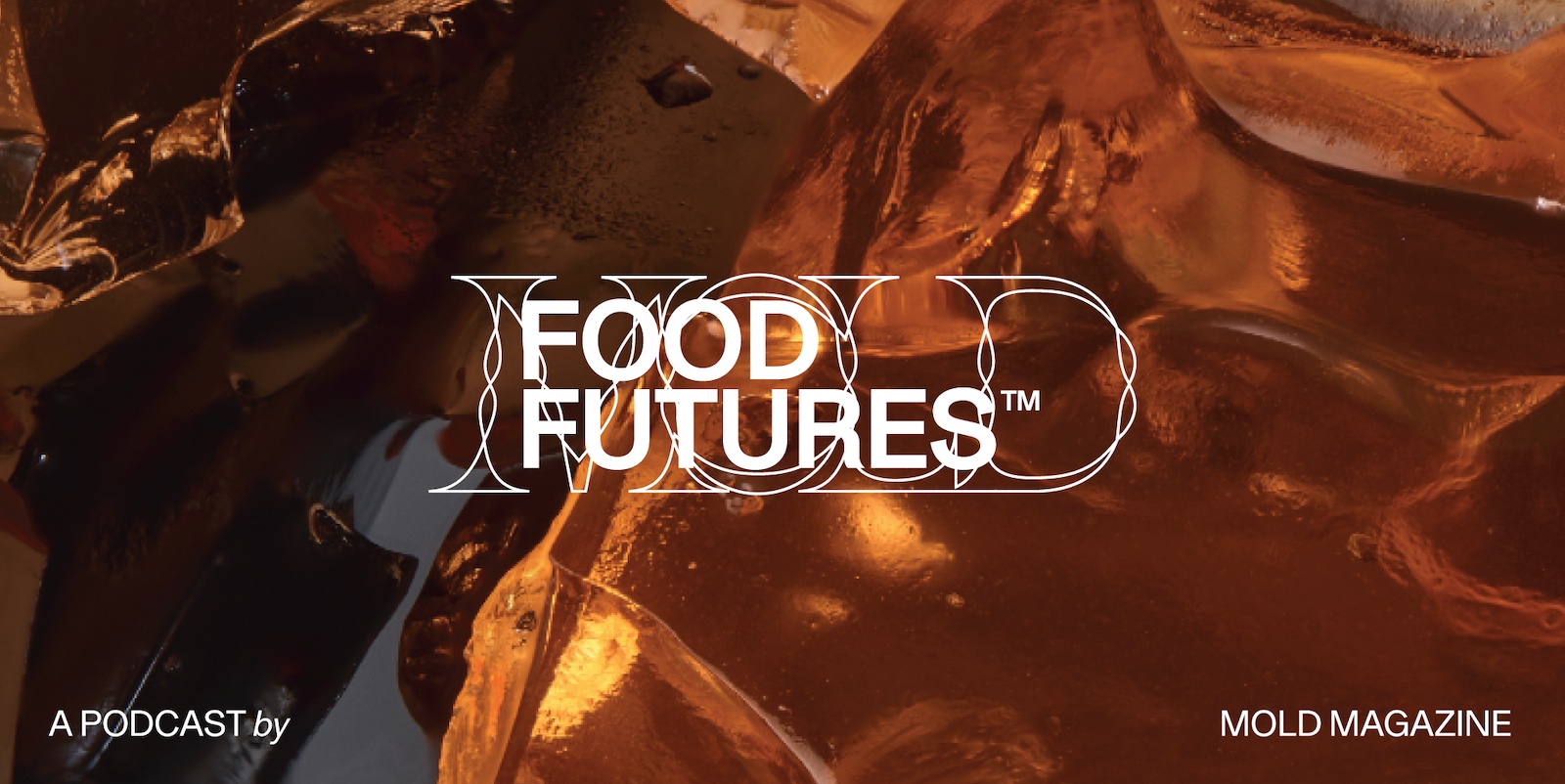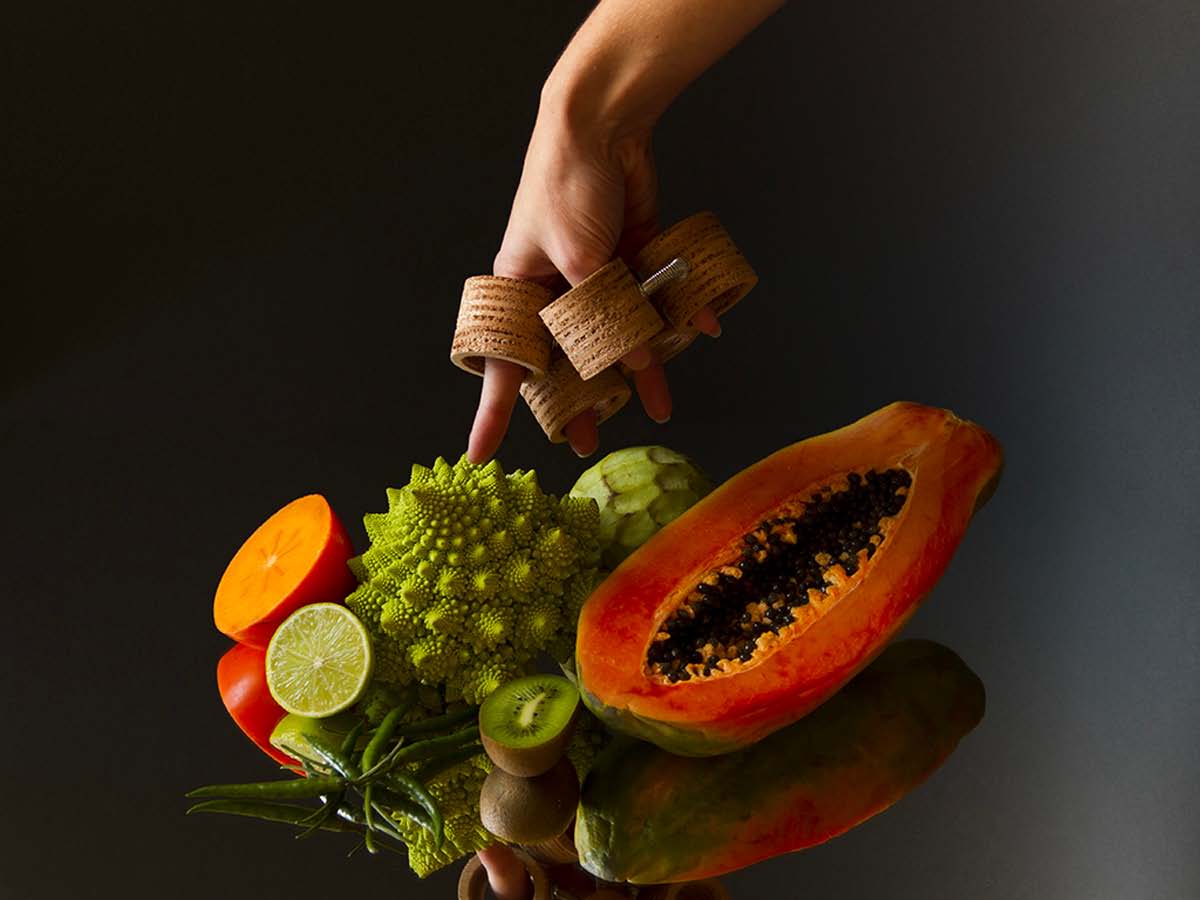Harrisonburg, Virginia, is a medium-sized town that feels like a small one. It has a population of about 50,000, burgeoned every year by students from the three colleges within city limits. When the students are gone, the town is a sleepier version of itself, with less honking on the roads and no lines at the movies. For a medium town in Virginia, it is incredibly diverse, with more than 70 languages spoken at the local high school in 2016. And, like any town in the United States, Harrisonburg struggles with food injustice, access, and insecurity, as well as environmental racism.
Dr. Case Watkins, assistant professor in the department of Justice Studies of James Madison University, is working with his students to try to change that. His class recently released a report called “Food & Community: Mapping Food Access, Food Justice, & Food Sovereignty in Harrisonburg, Virginia”, to re-address these issues in a new, more manageable way. The project centers around processes of community mapping, and looks towards managing that data. The final result is a website hosted on ArcGIS StoryMaps, a platform that allows for more immersive storytelling. The class, which was made up of nine students, investigated principles of topics like food sovereignty and justice, eventually allowing each student to choose one of the topics they addressed to map out further.
 This map shows the location of food stores around James Madison University’s campus. Courtesy of Dr. Case Watkins.
This map shows the location of food stores around James Madison University’s campus. Courtesy of Dr. Case Watkins.
“This website shows all the work that is possible and all the work that needs to be done. It’s kind of a launch pad,” Watkins said.
 This map shows spatial relationships between food access and crime-call data. “The map conceals as much or more than it reveals. The crime heat map is comprised of call data from the Harrisonburg Police Department as location data for the actual crimes were not available,” the project states. Courtesy of Dr. Case Watkins.
This map shows spatial relationships between food access and crime-call data. “The map conceals as much or more than it reveals. The crime heat map is comprised of call data from the Harrisonburg Police Department as location data for the actual crimes were not available,” the project states. Courtesy of Dr. Case Watkins.
The project maps several different collected data sets within the city, including where the grocery stores, food pantry, and public meals are, which of these places are accessible by public transportation, and which areas in the city are impacted by issues of environmental racism and food injustice. The venture also looks towards the potential future, showing their beginning efforts to start community gardens and identifying areas for foraging. Several students have chosen to continue their work on community gardens, considering what it would take to change the laws in the town, which currently don’t allow for community gardens on public or non-residential land.
 A collaborative, but private, garden at Vine and Fig in Harrisonburg. Image courtesy of Dr. Case Watkins.
A collaborative, but private, garden at Vine and Fig in Harrisonburg. Image courtesy of Dr. Case Watkins.
Dr. Watkins has wanted to become more involved in food justice in Harrisonburg for a while. In his position at James Madison University, he primarily teaches about global migration, environmental justice, and long-term changes to the environmental and political climates. The decision to do one project with his entire class was one that he hadn’t made before, but that he believes worked out well with the size and nature of the group.
Q: What next steps do you see for this project?
A: That is just the very beginning. There are obviously many more trees available for foraging in the local area. Even if people who own the land on which those trees sit don’t really consider it foraging, they wouldn’t mind if you [came to] get the fruit and nuts. What I would like to do is turn that into kind of a crowdsourced effort, where you’d be able to use that forage map and say, ‘hey, add your tree to this map.’ People could fill out a form and then students or I could come in and add that tree to the map. It’s good for people, and it’s actually good for the city, because when there’s too much fruit on those trees it falls onto the ground, it has to be collected, it gets into the gutter system and it can clog up. The city has to work to deal with that and at the same time you have people going hungry. And also, I thought it was important that we not talk about foraging as something that poor people do. I think that’s something that we all could do, regardless of economic status.
 This map shows potential for community gardens. Courtesy of Dr. Case Watkins.
This map shows potential for community gardens. Courtesy of Dr. Case Watkins.
Q: Do you think issues of environmental racism are widely noticeable in Harrisonburg? Are people surprised by the findings?
A: In the United States, structural racism and institutional racism are so deeply embedded in every system and every facet of our society that it has become normalized. It works to recreate the society that we already have. It’s very difficult to notice it because it doesn’t look extraordinary. It’s a very ordinary process. You have to change it up and sometimes a map can show the inequality and these injustices in a new way, and it can start people thinking and hopefully acting.
 This map shows the distribution of food retailers, food pantries, and public meals alongside the percentage of African American residents in each block. Courtesy of Dr. Case Watkins.
This map shows the distribution of food retailers, food pantries, and public meals alongside the percentage of African American residents in each block. Courtesy of Dr. Case Watkins.
Q: How easy would this be to replicate in other cities?
A: Well, it kind of cuts both ways. In a larger city you would have tons of data. Think about what you could do in New York City with this kind of effort and a handful of students. I mean, you could go berserk. There’s just so much more social data out there that you can map or that’s already been mapped out that you can just format and use as you choose. At the same time, the size of Harrisonburg seems very manageable for the students. Take the transportation data that we mapped out and analyzed in Harrisonburg. There’s no way we could have done that in New York City. It would have just been a mess. It would take teams of highly qualified people to make sense of that. That being said, any size of a town or city or rural area would give you unique challenges and opportunities.
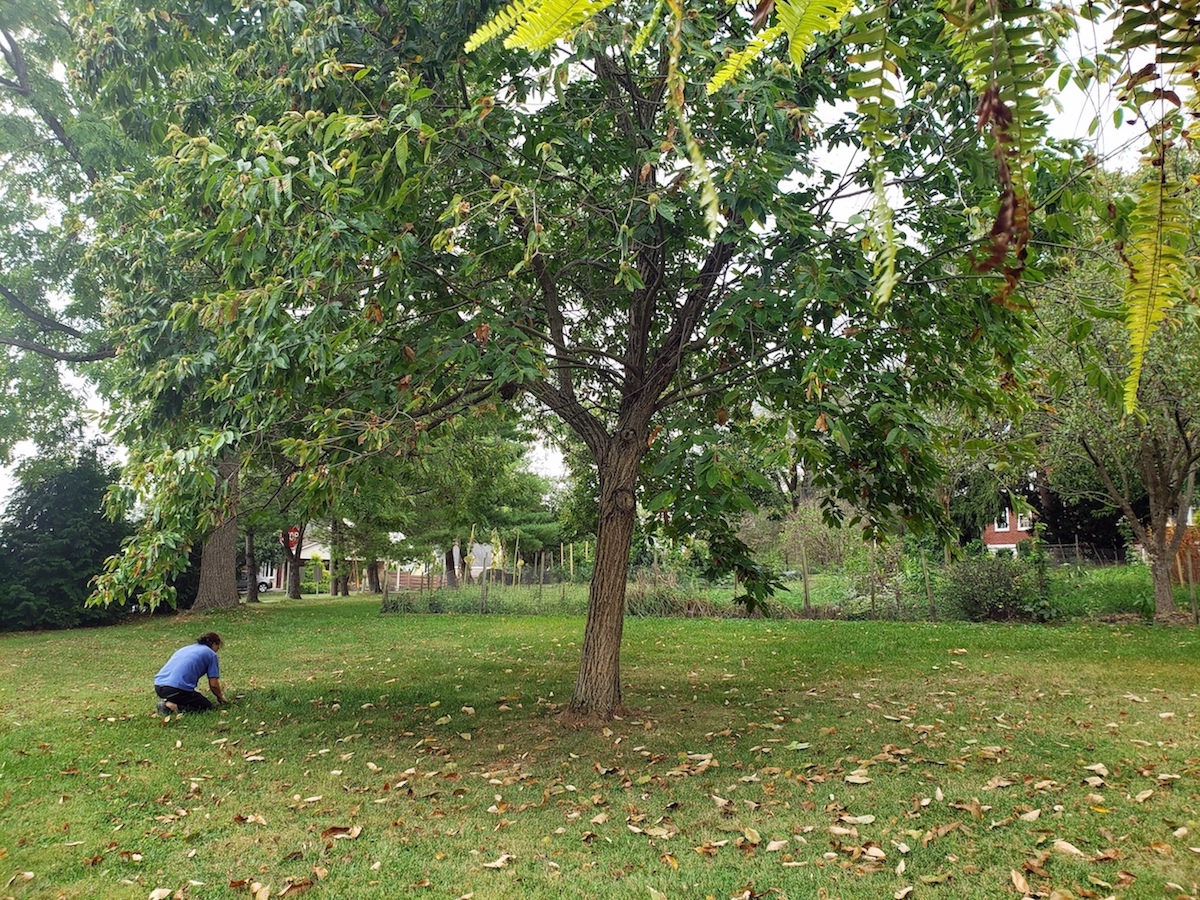 A restaurant owner in Harrisonburg gathers Chinese Chestnuts. Image courtesy of Dr. Case Watkins.
A restaurant owner in Harrisonburg gathers Chinese Chestnuts. Image courtesy of Dr. Case Watkins.
Q: Do you see a future in Harrisonburg that involves foraging and community garden efforts on a larger scale?
 This map shows several fruit and nut trees to forage in the city. Courtesy of Dr. Case Watkins.
This map shows several fruit and nut trees to forage in the city. Courtesy of Dr. Case Watkins.
A: I do. It’s a worldwide effort that’s going on. Just last week Atlanta, Georgia announced that it will begin to build the largest food forest in the United States in the middle of the city. This is essentially a forested park of fruit and nut trees where people are welcome to come and harvest at their will, so it’s a community garden of trees. It’s moving in that direction. We’re talking to the city [of Harrisonburg], but cities tend to be conservative about these kinds of things because they have sets of rules that have built up over time and it can be a long process to change the rules. We thought we can come up with some smartypants ideas and take them to the city and they’re gonna say, “these are some great ideas, let’s do it!” What they actually say is, “these are some great ideas, but we can’t do it because of all these reasons.” This is a political will problem. This is a political project, community politics, a social and political movement. You’ll have to get a movement of people and work through the city council and make change.

